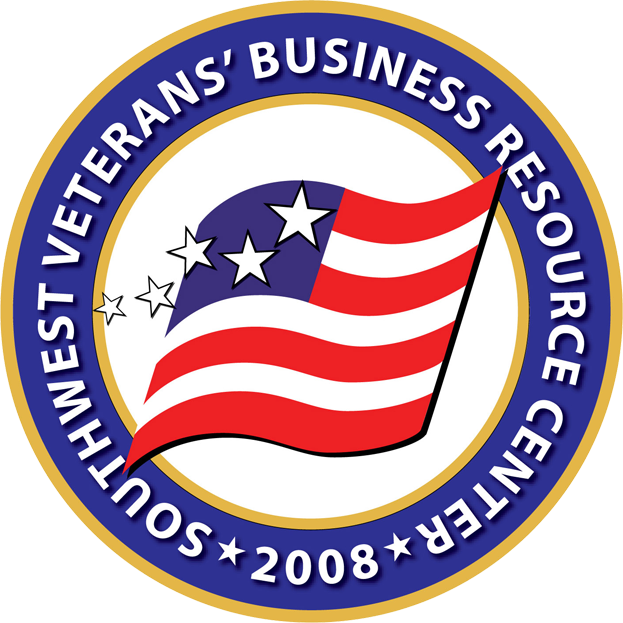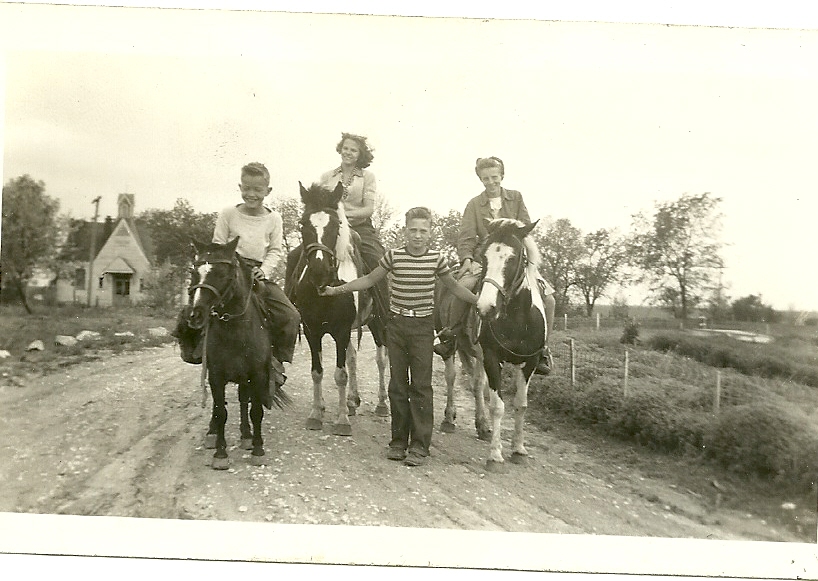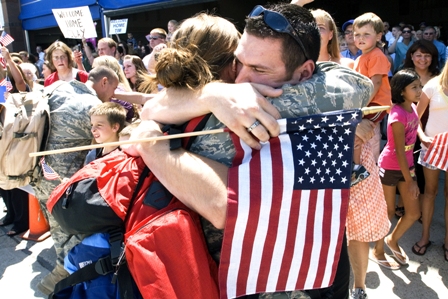Kiev
The flight to Kiev was very pleasant. We were scheduled to stay at the first class Hotel Lybed. Kiev is the capital of the Ukraine, on the Dnieper River. Known in ancient times as the route between the “Varangians and the Greeks” in Constantinople, this city and its people have a long great culture and historic heritage.
According to ancient legend Kiev, the capital of the Ukraine was founded by 3 brothers and their sister.
The city was named after the oldest brother, Kyi, which is Ukrainian spelling. Kiev is Russian.
Archeological excavations show evidence of the first settlements on the territory of Kiev, 15,000 to 20,000 years ago. During the 11th and 12th centuries ancient Kiev reached its greatest period of ascendancy. By the 11th century Kiev was one of the largest centers of civilization in the Eastern Christian world. At that time, there were about 400 churches, 8 markets and more than 50.000 inhabitants.
Kiev suffered severely during WWII, when many unique architectural and artistic treasures were destroyed.
As we explored various historical buildings many had photos at the entrance of the extensive damage done to the building. Then we were able to witness the restoration that had taken place in the following years. It was extremely impressive.
Our only excursion this afternoon was of the Kiev Museum of Western and Oriental Art. Approximately 17,000 artworks and 2,000 pieces. The day was ended with a very nice dinner, which included flowers and a birthday cake for Mrs. Grice. Dinner was followed with dancing.
Tuesday 11 July 1989. We started the day with a nice breakfast and then went on a City Tour. First stop was St. Andrews church. It took 6 years to erect the church and 15 more to decorate its interior. When you walk inside, you cannot help being impressed by the lavishness and at the same time graceful beauty of the interior decorations, and looking at all these splendors one stops wondering why it took so long to decorate the church with paintings and stucco work. St. Andrews Church is a true architectural marvel and it would be futile to give it justice by trying to describe the exquisite gracefulness of its shape. One has to see it with one’s own eyes. It is unique in its design and there is not a single one like it anywhere else in the world.
Directly across from St. Andrews church was the ruins of “The Church of the Tithes. At the time all buildings were built from wood. This was the first to be built of stone during the years of 989-996. The only thing that currently remains is the foundation and a few crumbled ruins. For additional history do a google search.
Following lunch we visited the Friendship Society to speak with University students regarding the changes occurring in Russia.
We had dinner at 1730 at an International Restaurant, which included a few cockroaches running around on the table and floor. One must be a brave person with a strong stomach to travel in 3rd World countries. After dinner we attended a performance of Russian Folk dancing.
Earlier than the sovereignty of Peter the Great, dance in Russia subsisted only among the commoners, among the peasants and lowest classes living outside the city fortresses. The feudal aristocracy did not dance, but enjoyed the entertaining performances of dancing clowns, who were on the whole, men. First certified evidence of Russian folk dancing and Russian folk music goes back to the year 907 when Great Russian Prince Oleg celebrated his triumph over Greeks in Kiev. During the grand Dinner, 16 male dancers clad as bears and four bears clad as Russian dancers performed for the guests. After the dinner was over Great Prince commanded to release the bears into the wild and to execute all the dancers.
After the civil war came to an end and the blood of the revolt had dried out, the Soviets fixed the funds to arrange the first state established troupe of the Russian folk dancers. In 1937 the first skilled group of Russian folk dance was born under the guidance of Igor Moiseyev. It is still believed to be the preeminent academic group of folk dance in the world. Moiseyev laid the establishment of the classic dance for the creativeness and elation of the Russian folklore. This initiative was victorious, the west loved it and nowadays the group is enormously famous. Almost all the choreographers in the world use the performance, tricks and concepts of this dance company.
Wednesday 12 July 1989. Following breakfast we visited Kiev Pechersk Lavra Monastery and Catacombs, which is a historic Orthodox Christian monastery. According to the Primary Chronicle, in the early 11th century, Anthony as an Orthodox monk from Esphigmenon monastery on Mount Athos, originally from Liubech of the Principality of Chernihiv, returned to Russia and settled in Kiev as a missionary of monastic tradition to Kievan Russia. He chose a cave at the Berestove Mount that overlooked the Dnieper River and a community of disciples soon grew. Prince Iziaslav I of Kiev ceded the whole mount to the Antonite monks who founded a monastery built by architects from Constantinople.
The Kiev Pechersk Lavra contains numerous architectural monuments, ranging from bell towers to cathedrals to underground cave systems and to strong stone fortifications. There are over a hundred burials in the Lavra. During the Soviet era the bodies of the saints that lay in the caves were left uncovered due to the regime’s disregard for religion. However after the fall of the soviet Union, the bodies were covered with a cloth and to this day remain in the same state.
Today we had a very special lunch that included Russian folk music and wine.
After lunch we visited St Sophia’s Cathedral. The first foundation was laid on 1037. It took 2 decades to complete. The history is long and complicated. If interested please google for additional information.
Our next site was Babyn Yar Monument, dedicated to the Jewish people killed by Germans during the occupation of 1941. The Hitlerist bandits commented mass murder of the Jewish population. They announced that on September 29, 1941 all the Jews were required to arrive to the corners of Melnikov and Doklerev streets and bring their documents, money and valuables. The butchers marched them to Babyn Yar, took away their belongings then shot them. They marched tens of thousands of Jews to the Babyn Yar
Ravine stripped them, shot them and pushed them in.
Dinner was at 1830 followed by a 90-minute boat trip down Dineper River. A fabulous trip full of wonderful sights.
Tomorrow we head for Leningrad, so stay tuned for 4 days of interesting events.


 A welcoming home for our Troops.
A welcoming home for our Troops.
